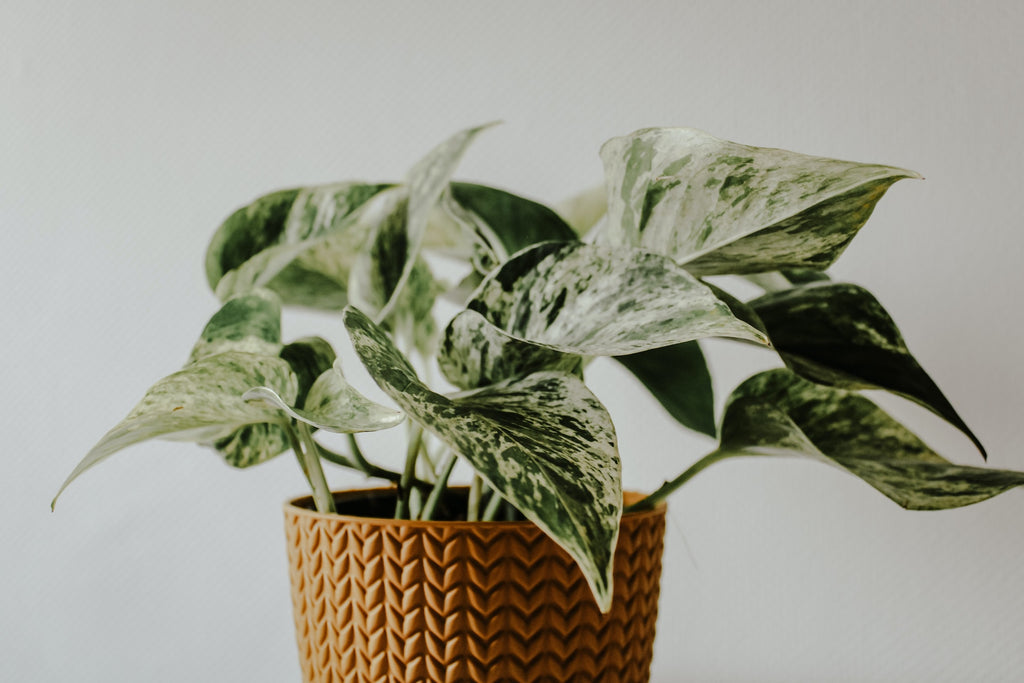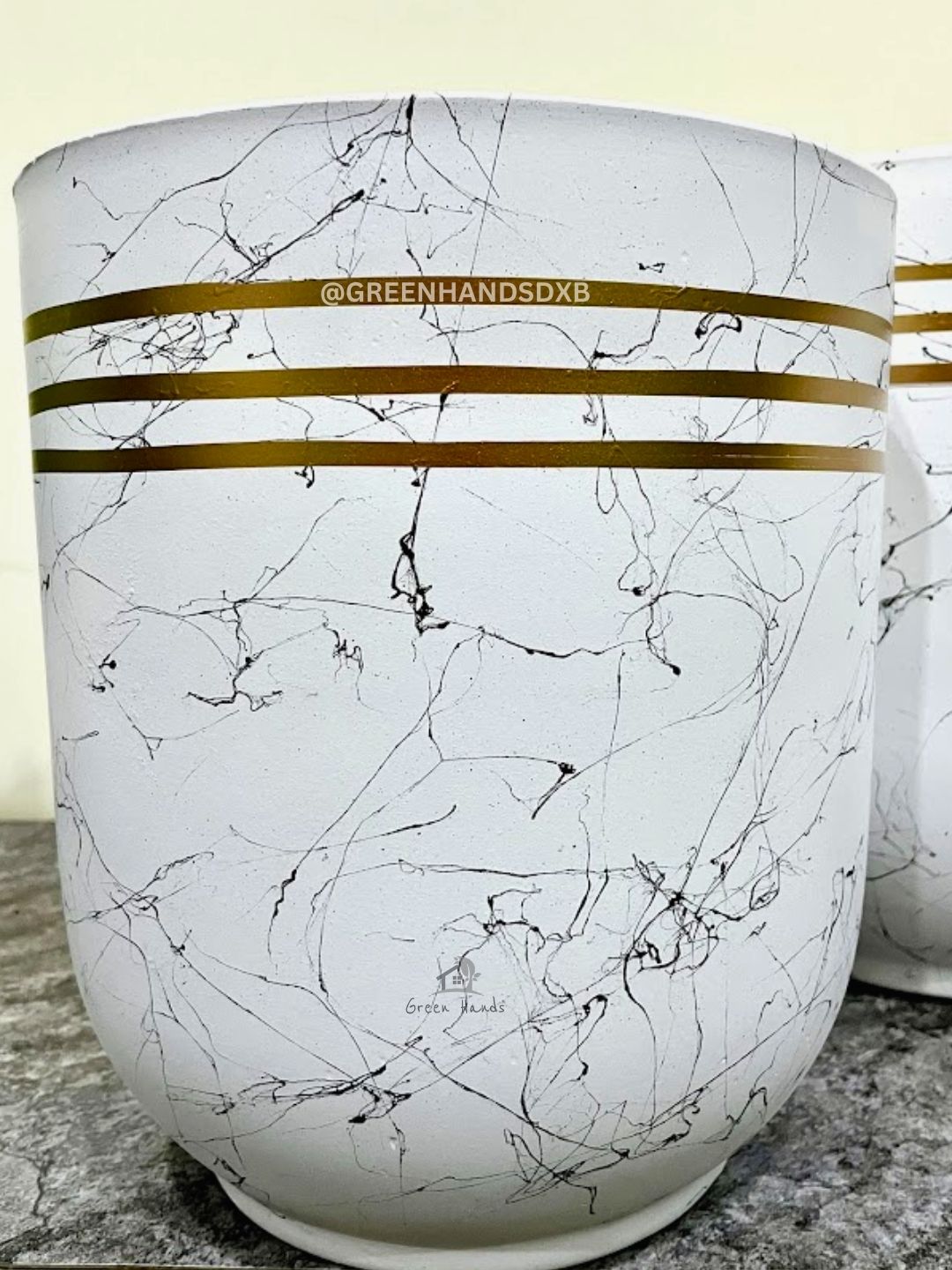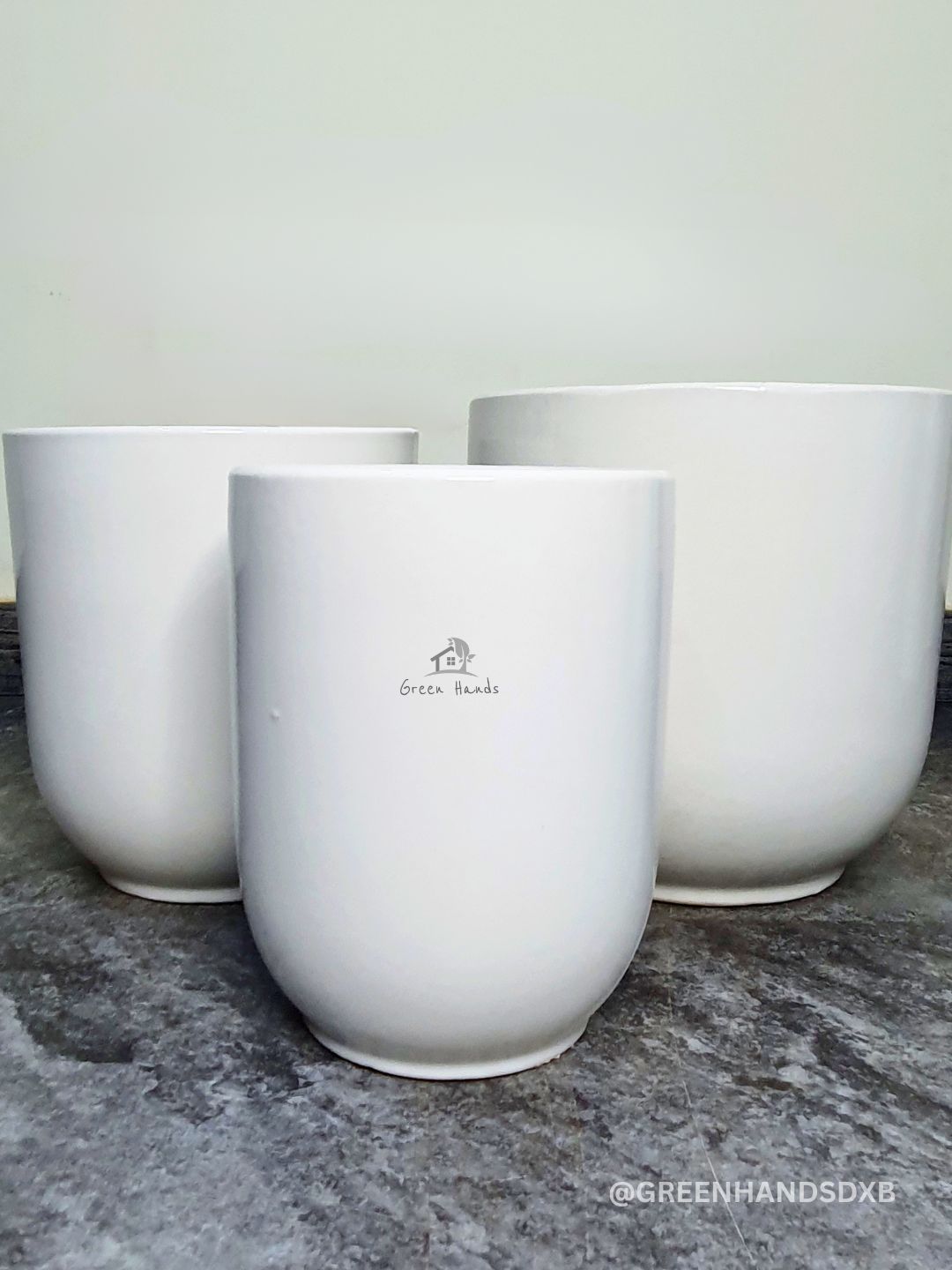
7 Causes of House Plant Death and How to Revive Them

Houseplants provide numerous benefits, such as improving air quality, reducing stress, and adding beauty to our homes. However, despite our best efforts, we sometimes encounter problems, and our beloved plants begin to wither and die. Identifying the underlying issues and taking appropriate measures to revive and prevent further damage is essential.
This blog post will discuss common causes of potted houseplant death and provide tips on reviving them.
Overwatering
Overwatering is the most common cause of houseplant death. Excess water can lead to root rot, a fungal disease that attacks the roots and prevents the plant from absorbing water and nutrients.
Revival Tip: If you suspect overwatering, remove the plant from its pot and check for black, mushy roots – a sign of root rot. Trim away the affected roots and repot the plant in fresh, well-draining soil. Water sparingly until the plant recovers, and establish a proper watering schedule based on the plant's specific needs.
Underwatering
While overwatering is a common issue, underwatering can also lead to a plant's demise. Insufficient water can make the plant to wilt, exhibit yellowing leaves, and eventually die.
Revival Tip: If the soil is dry and the plant shows signs of underwatering, thoroughly water it and let the excess water drain. To avoid future underwatering, establish a watering schedule and monitor the soil's moisture level regularly. Different potted houseplants have different water requirements, so research your needs.
Poor Lighting
Inadequate lighting can stunt a plant's growth and cause it to become leggy and weak. Houseplants require different light levels, so placing them in an area that provides the appropriate amount of sunlight is essential.
Revival Tip: If your plant has poor lighting, move it to a brighter spot or use artificial grow lights to supplement natural light. Rotate the plant every few weeks to maintain an even light exposure. Be mindful of each plant's specific light requirements, as too much direct sunlight can cause to sunburn and scorching.
Improper Temperature and Humidity
Houseplants can be sensitive to temperature and humidity fluctuations, which can cause them to become stressed and die. Most tropical houseplants thrive in temperatures between 18-24°C (65-75°F) and 40-60% humidity levels.
Revival Tip: If your plant is experiencing temperature and humidity-related stress, move it to a more suitable location, away from bright windows (with harsh sunlight between 11 am to 4 pm) or air conditioners. Use a humidifier or place a water tray near the plant to increase humidity. Monitor the temperature and humidity in your home to ensure a comfortable environment for your plants.
Pest Infestations
Pests like spider mites, aphids, and mealybugs can wreak havoc on houseplants by feeding on their leaves and stems, ultimately causing the plant to weaken and die.
Revival Tip: Inspect your plant regularly for signs of pests and take urgent action if you spot any. Use organic neem oil to handle the infestation, following the product's instructions. Ensure proper ventilation and avoid overwatering; these conditions can promote pest infestations.
Nutrient Deficiencies
Plants need essential nutrients like nitrogen, phosphorus, and potassium to grow and thrive. A lack of nutrients can lead to stunted growth, yellowing leaves, and, ultimately, the death of the plant.
Revival Tip: If your plant suffers from nutrient deficiencies, apply a balanced, water-soluble organic fertilizer according to the package instructions. Be cautious not to over-fertilize, as this can cause fertilizer burn and damage the plant. Regularly replenish the nutrients in the soil to keep your plants healthy and vibrant.
Poor Soil Quality
Poor-quality soil can lack essential nutrients and have poor drainage, leading to root rot or nutrient deficiencies.
Revival Tip: If your plant's soil is poor quality, repot the plant in a fresh, high-quality, well-draining potting mix. Choose a soil mix specifically designed for your type of plant to ensure it receives the proper nutrients and has the best growing conditions. Improve the soil quality by adding organic matter, such as compost, or incorporating slow-release fertilizers to provide a steady supply of nutrients over time. Additionally, maintain proper watering practices and monitor the soil's pH levels for optimal plant health.
Conclusion
Reviving a dying plant requires identifying the root cause of its decline and taking appropriate steps to address the issue. With patience, care, and attention to your potted houseplants, you can nurse your plant back to health and enjoy its beauty for years. Remember that each plant is unique, and specific care requirements may vary depending on the type of plant and its individual needs.
Green Hands premium organic soil has proven to be a game-changer in the UAE market, offering many benefits that make it stand out among other soil options. Our exceptional soil contributes to the growth of lush and vibrant gardens and paves the way toward a more sustainable and eco-friendly future for the UAE. You can explore our range of organic plant care kits for your home or office. And, for expert guidance on plant care and maintenance in Dubai, contact our team today to keep your potted houseplants healthy.
















